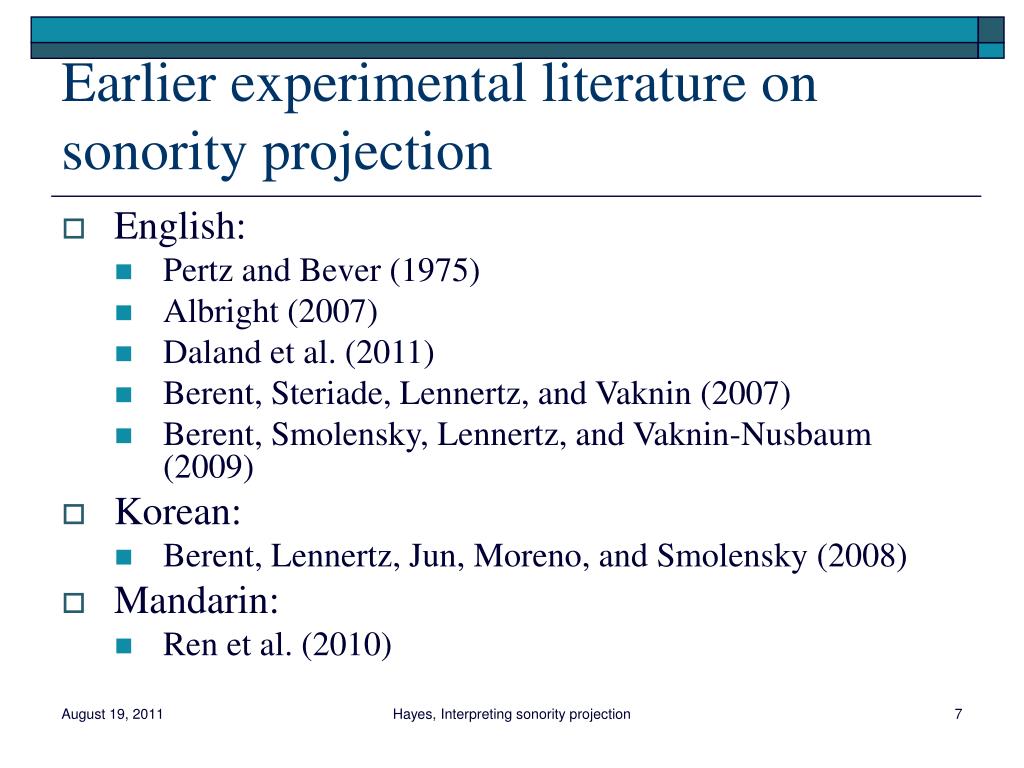

Research has suggested that it is most efficacious to teach clusters with a small sonority difference, such as /fl-/, /fr-/, etc., to create change in a child's system. (Three-element clusters abide by different rules.) The attached document (Sonority Sequencing Principle for Clusters) identifies the sonority distance between clusters. This resource displays a hierarchy amongst two-element clusters that demonstrates that some two-element clusters are more complex than others and that these should be targeted to create the most change. Therefore, the cluster /sn-/ is considered to be more complex and marked relative to /kw-/. The cluster /kw-/ has a large distance of 6 (voiceless stop (value of 7) - glide (value of 1)). For example, the cluster /sn-/ has a small sonority distance (voiceless fricative Steraide's value of 4) - nasal (value of 2)) of 2. If a child's system included clusters with a small sonority distance, that implied the presence of clusters with a large sonority distance. She identified an implicational relationship between clusters with small sonority distances and clusters with large sonority distances. In 1999, Gierut applied this principle to treatment. The most sonorous sounds are vowels (0), followed by glides (1), liquids (2), nasals (3), voiced fricatives (4), voiceless fricatives (5), voiced stops (6) and voiceless stops (7). In 1990, Steraide assigned relative values to each sound class, indicated in parentheses. Linguists have identified the relative sonority for different sound classes. The greater the sonority, the wider the mouth is and the more vowel-like a sound is (Barlow, 2000). Sonority is the inherent loudness of sounds relative to one another. It dictates that onsets (word-initial sounds) must rise in sonority and codas (ending sounds) must fall in sonority. The Sonority Sequencing Principle for Clusters was identified in linguistic research. However, there has been some exciting research that would be applicable to these students and others who have difficulty with clusters. If the child has a limited phonemic inventory, this would not work. For example, if a child is taught /spl-/, then he/she should already have /p/ and /l/ in his/her phonemic repertoire. Our findings suggest that English speakers possess linguistic preferences that mirror the distribution of onset clusters across languages.Research has demonstrated that it is most efficacious to treat three-element clusters to effect change throughout a child's system (if the child has the second and third consonants in his/her system already).

The results of three experiments are consistent with this prediction. Consequently, when compared to the obstruent-obstruent baseline (e.g., ptik, fsik), misidentification should be less prevalent in stop-nasal onsets (e.g., pnik) compared to fricative-nasal ones (e.g., fnik). We thus reasoned that, if fricative-nasal onsets (e.g., fnik) are worse formed relative to stop-nasal ones (e.g., pnik), then fnik-type onsets should be more vulnerable to misidentification, hence, their advantage over obstruent-obstruent controls (e.g., fsik) should be attenuated. Past research has shown that (a) stop-stop onsets (e.g., ptik) are dispreferred to stop-nasal onsets (e.g., pnik) and (b) dispreferred onsets tend to be misidentified (e.g., ptik → pәtik). fnik) to matched obstruent-obstruent controls (e.g., ptik vs. To address this question, we compare stop- and fricative-nasal onsets (e.g., pnik vs. Here, we ask whether this preference is active in the linguistic competence of English speakers. Across languages, stop-sonorant onsets are preferred to fricative-sonorant ones (e.g., pna ≻ fna), suggesting that stop-initial onsets are better formed.


 0 kommentar(er)
0 kommentar(er)
